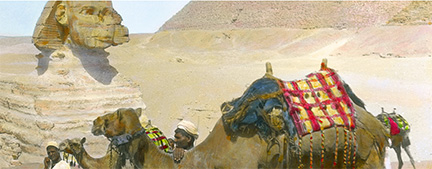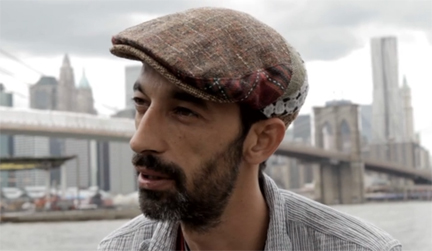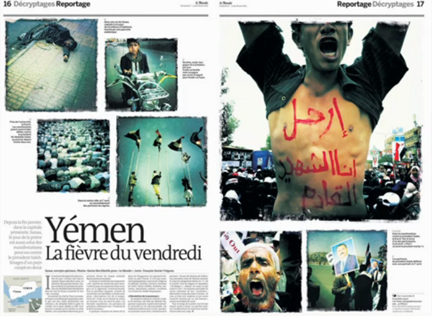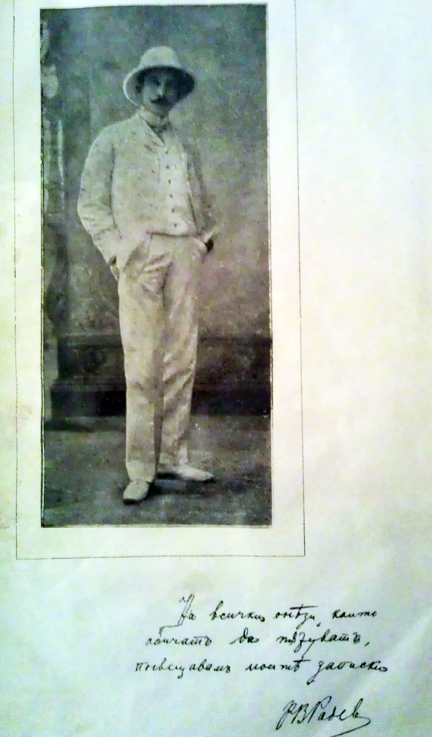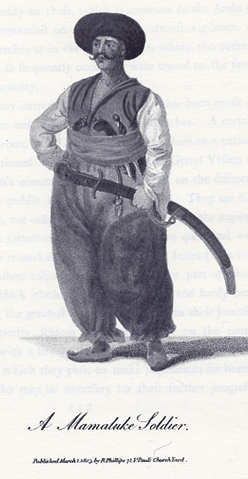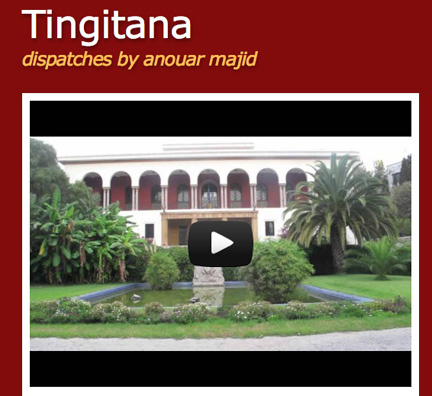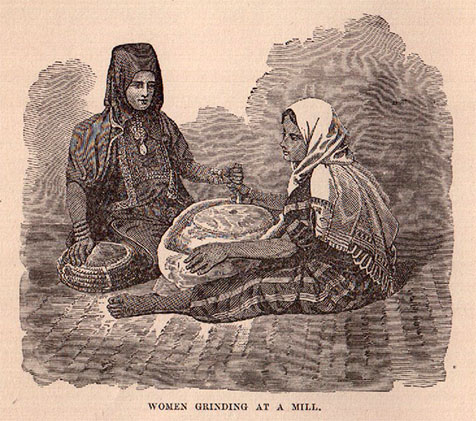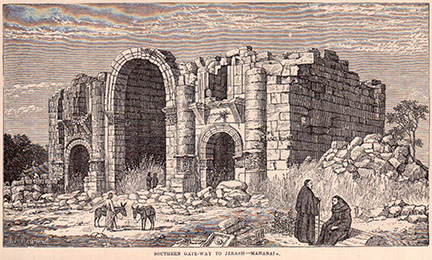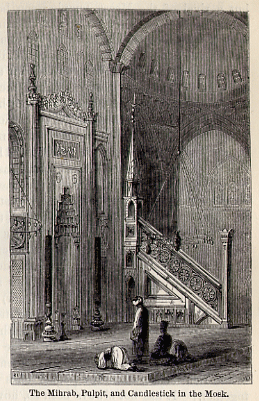
I have recently published an article in a volume edited by Ian Netton, entitled Orientalism Revisited: Art, Land and Voyage (London: Routledge, 2013, pp. 187-204). I provide the introductory paragraphs below.
Orientalism and Bibliolatry:
Framing the Holy Land in 19th Century Protestant Bible Customs Texts
“The Orient was almost a European invention, and has been since antiquity a place of romance, exotic beings, haunting memories and landscapes, remarkable experiences.†Edward Said, Orientalism, 1979
“In a word, Palestine is one vast tablet whereupon God’s messages to men have been drawn, and graven deep in living characters by the Great Publisher of glad tidings, to be seen and read of all to the end of time.†William M. Thomson, The Land and the Book, 1859
This essay begins with a famous opening phrase from Edward Said’s Orientalism not because there is a need to validate or dispute it, but because of what it leaves out. Indeed, Said’s caveat of “almost†is telling, since his text only describes the “Orient†invented through the writings of Western writers. What is remarkable about Said’s styling of the Orient as a form of politicized discourse is that the most important part of this invention is missing: the Orient invaded by Napoleon is also the Holy Land, the “vast tablet,†as American missionary William Thomson phrases it, which brings the Bible to life. Napoleon may have initiated Western imperialist ambitions in this Holy Land, but the ultimate failure of his military mission stands in stark contrast to the perpetual array of Christian pilgrims, scholars and missionaries who visited this holiest of Holy Lands for Christians and Jews. Absent from Said’s text is the genre that was most widely read in 19th century Europe and America, specifically Holy Land travel texts that cited contemporary customs and manners of Arabs and other groups encountered as illustrations of Bible characters for popular consumption, especially among Protestants.
Said’s genealogy of the discourse he identifies as Orientalism is a thoroughly academic one. Continue reading Orientalism and Bibliolatry:
Framing the Holy Land in 19th Century Protestant Bible Customs Texts
